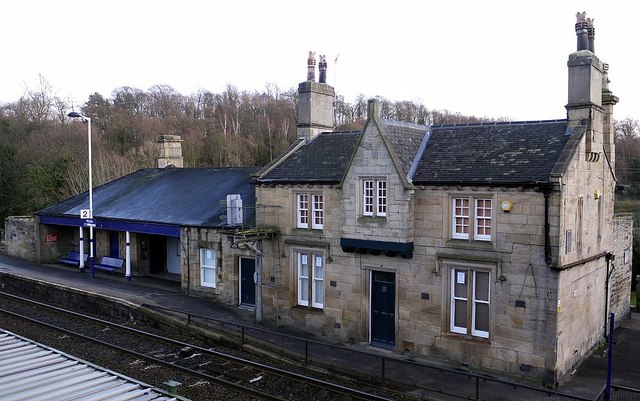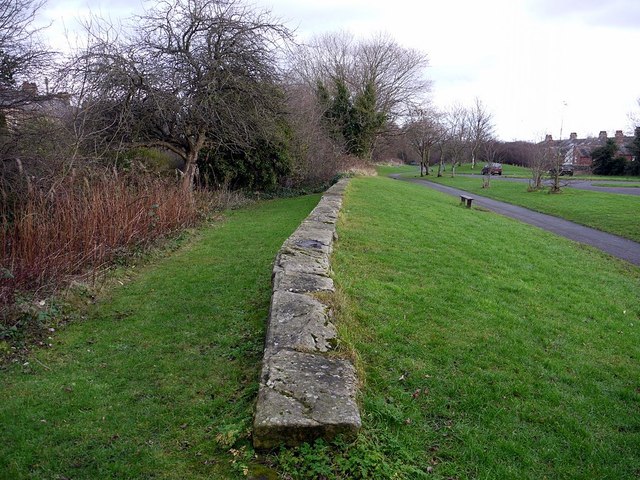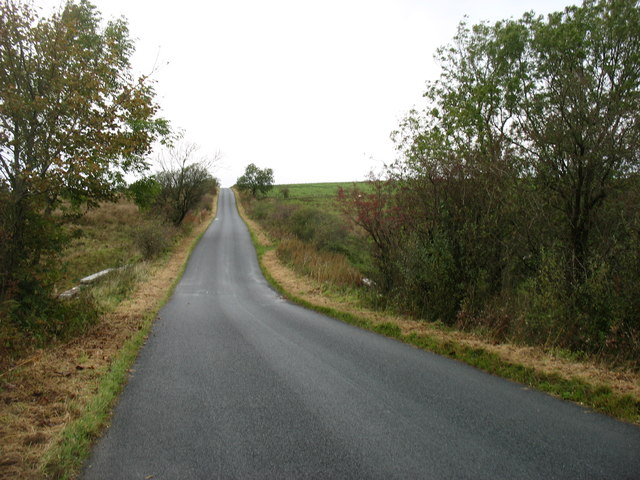Topics > Northumberland > Wylam > Wylam Station
Wylam Station
Wylam railway station is a railway station serving Wylam in Northumberland, England. It is located on the Newcastle and Carlisle Railway, 10 miles west of Newcastle on the route to Carlisle. It was formerly one of two stations in Wylam, the other being North Wylam Station on the Scotswood, Newburn & Wylam Railway, which was closed along with most of the line in 1968. This was situated at the opposite end of Wylam Bridge and is now a car park.
Constructed in 1835, the Stationmaster's House is a Grade II* Listed Building, whilst the footbridge and signalbox are both Grade II Listed. The station is one of the earliest still in use in the world. Station Road crosses the line by a level crossing and the station layout is unusual in that the platforms are not opposite each other. The west-bound (Carlisle) platform is to the east of the level crossing alongside the stationmaster's house, while the east-bound (Newcastle) platform is to the west of the level crossing. The overline, elevated signal box, once a popular design for the NE line is now almost unique, the only other surviving signal box of this design is at Hexham.
The station has direct access, from the west-bound platform via a footbridge and stairs, to the former (now redeveloped as housing) RVI Convalescent Home, which was serviced by a direct 'hospital train' which ran from Newcastle to Wylam only.
The station is managed by Northern.
Services
There is generally an hourly service Monday to Saturdays eastbound to Newcastle and westbound to Hexham with some services extending to Carlisle and additional calls at peak periods. Sundays there is generally an hourly service in each direction (westbound usually to Carlisle).
Visit the page: Wylam railway station for references and further details. You can contribute to this article on Wikipedia.

from https://historicengland.org.u…
WYLAM STATION AND STATION-MASTER'S HOUSE - List Entry
- "Station and station-master's house. 1835. Ashlar with Welsh slate roof. Single-storey station on left has recessed veranda in centre with roof supported on 2 cast-iron Tuscan columns. Ticket office on …
Added by
Simon Cotterill

Co-Curate Page
Newcastle and Carlisle Railway
- Overview About the N&CR Railway The Newcastle and Carlisle Railway (N&CR) company was established in 1825. It's railway line between Newcastle and Carlisle was officially opened on the 18th of …


from https://historicengland.org.u…
WYLAM STATION AND STATION-MASTER'S HOUSE - List Entry
- "Station and station-master's house. 1835. Ashlar with Welsh slate roof. Single-storey station on left has recessed veranda in centre with roof supported on 2 cast-iron Tuscan columns. Ticket office on …
Added by
Simon Cotterill

Co-Curate Page
Newcastle and Carlisle Railway
- Overview About the N&CR Railway The Newcastle and Carlisle Railway (N&CR) company was established in 1825. It's railway line between Newcastle and Carlisle was officially opened on the 18th of …
List grade: 2*
Keys to the Past HER: N10913
County: Northumberland
Grid ref: NZ1200964490




















